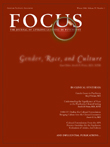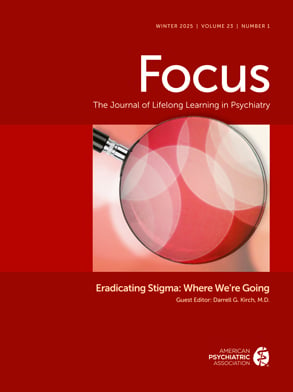Gender Identity and Psychosexual Disorders
Diagnostic criteria
Clinical findings
Phenomenology
Interviewer (I): Are you a boy or a girl?Child (C): Both.I: Are you a girl?C: Kind of.I: When you grow up, will you be a mom or a dad?C: Don’t know.I: Could you ever grow up to be a mom?C: Yes.I: Are there any good things about being a boy?C: Yes.I: Tell me some of the good things about being a boy.C: Boys don’t have to have babies and get their spine ripped open . . .I: Are there any things that you don’t like about being a boy?C: Yes.I: Tell me some of the things that you don’t like about being a boy.C: . . . Everything. Please don’t make me tell.I: Do you think it is better to be a boy or a girl?C: Girl.I: Why?C: There are so many reasons. Girls are more mature . . . positive . . . better . . .I: In your mind, do you ever think that you would like to be a girl?C: Yes.I: Can you tell me why?C: Because the guys don’t accept me for what I am. . . . Girls have better bands, like the Spice Girls.I: In your mind, do you ever get mixed up and you’re not really sure if you are a boy or a girl?C: Yes.I: Tell me more about that.C: Practically all the time. I think the doctor was totally wrong and deformed me. I am a woman in a man’s body. He gave me a girl’s mind and switched brains or bodies.I: Do you ever feel more like a girl than like a boy?C: Yes.I: Tell me more about that.C: Well, I do lots of times, especially when I’m in the bath. . . . This is going way too deep. . . . Well, usually girls want me to play their games. . . . Then I get mixed up being a girl or a boy.I: You know what dreams are, right? Well, when you dream at night, are you ever in the dream?C: Yes.I: In your dreams, are you a boy, a girl, or sometimes a boy and sometimes a girl?C: Both. . . . it’s just me as a girl, me and my friends . . . find out the secret of being trapped in a boy’s body. We go to the doctor’s to find out, look into his files and find nothing about me. Then we destroy him.I: Do you ever think that you really are a girl?C: Yes.I: Tell me more about that.C: . . . Practically all the time . . . because of my feelings. . . . I want to be a lead singer of a girls’ band when I grow up.
Age at onset
Associated psychopathology
Biophysical markers
Differential diagnosis
Diagnostic issues in children
Diagnostic issues in adolescents
Epidemiology
Prevalence
Incidence
Referral rates
Etiology
Biological mechanisms
Prenatal sex hormones
Physical appearance
Handedness
Sibling sex ratio and birth order
Birth weight
Biological mechanisms summary
Psychosocial mechanisms
Social reinforcement
Parental preference for sex of offspring
Mother–child and father–child relationships
Maternal psychosexual development
General psychopathology
Treatment
Ethical issues
Developmental considerations
Treatment of children
Treatment of adolescents
Prognosis
Research issues

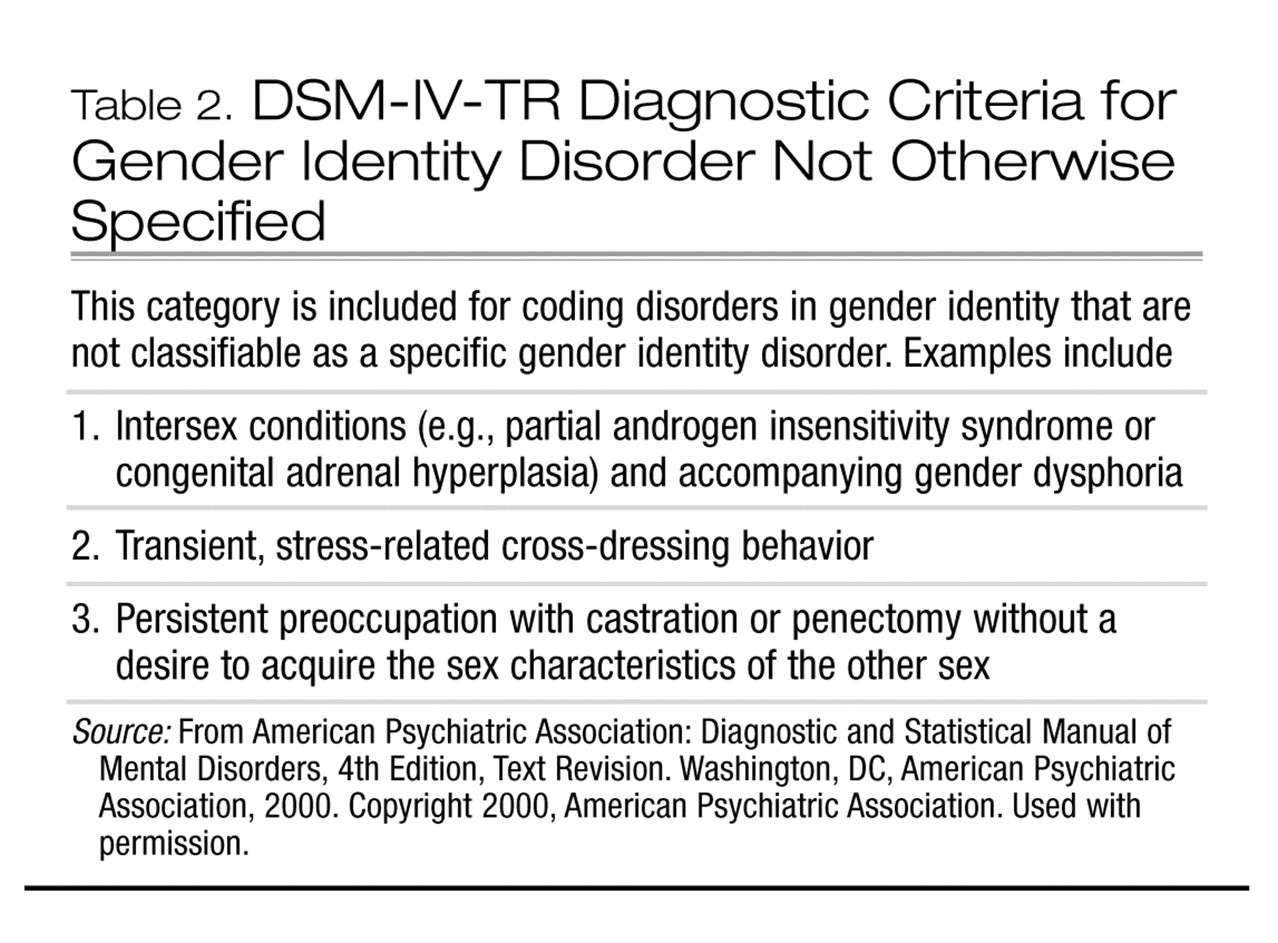
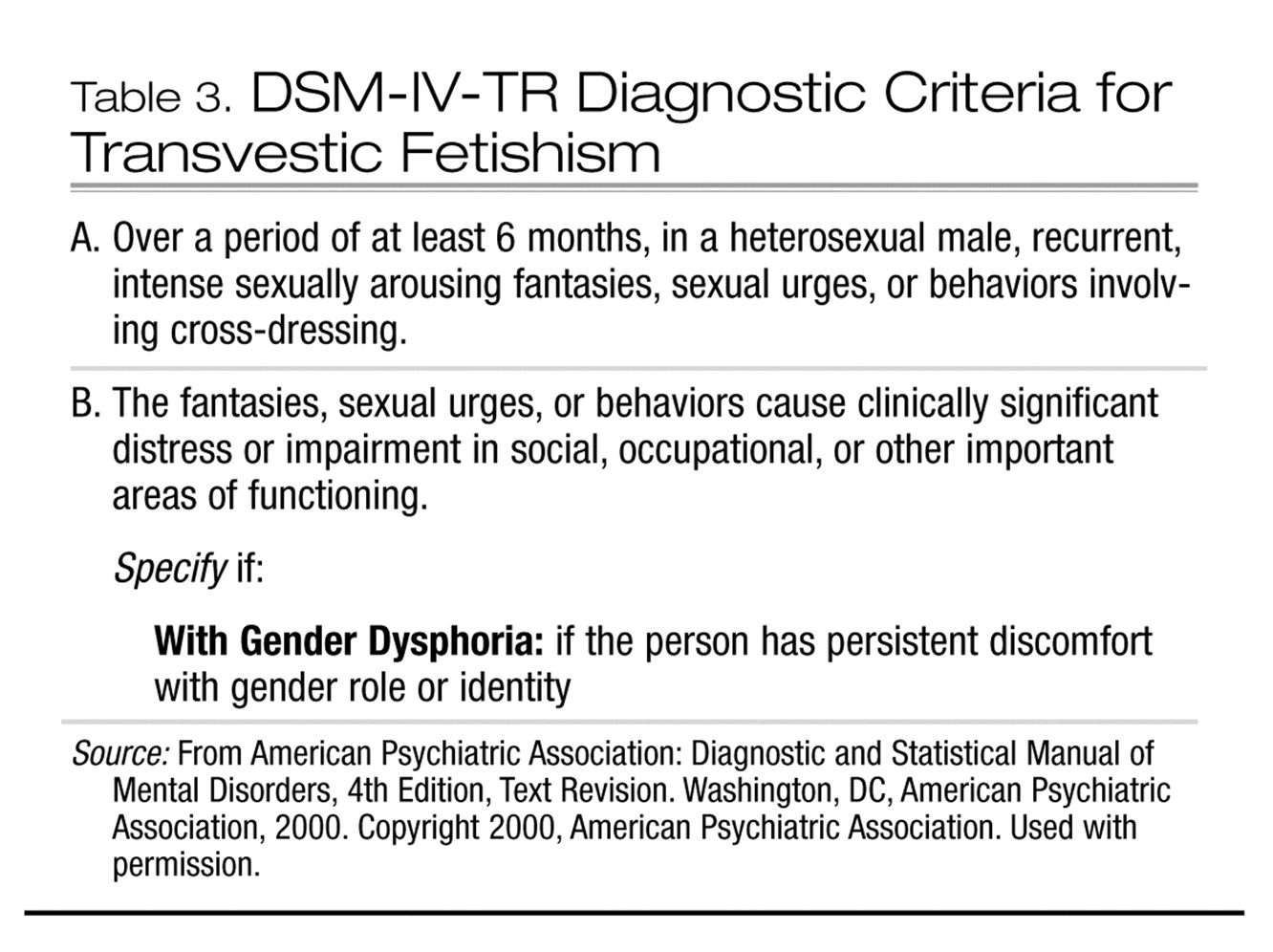
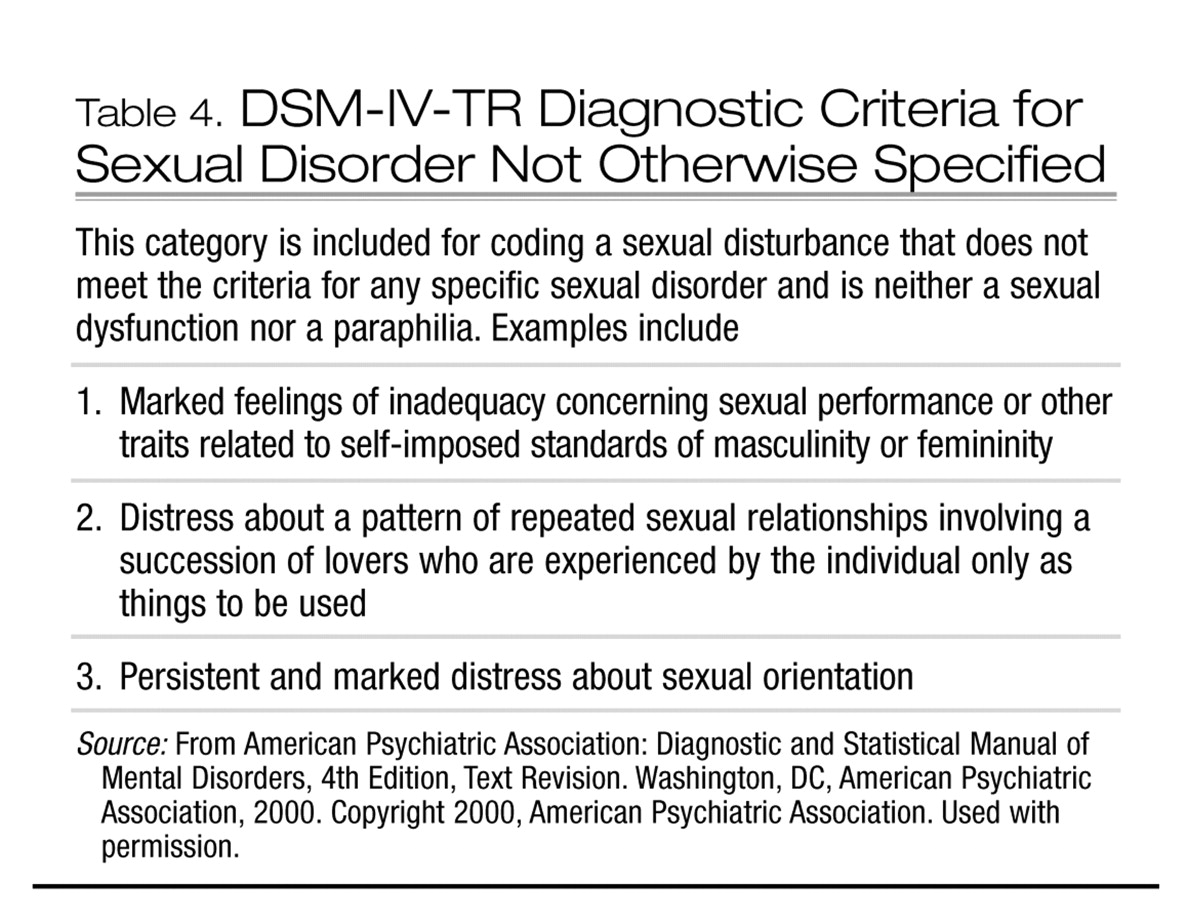
Footnote
References
Information & Authors
Information
Published In
History
Authors
Metrics & Citations
Metrics
Citations
Export Citations
If you have the appropriate software installed, you can download article citation data to the citation manager of your choice. Simply select your manager software from the list below and click Download.
For more information or tips please see 'Downloading to a citation manager' in the Help menu.
View Options
View options
PDF/EPUB
View PDF/EPUBLogin options
Already a subscriber? Access your subscription through your login credentials or your institution for full access to this article.
Personal login Institutional Login Open Athens loginNot a subscriber?
PsychiatryOnline subscription options offer access to the DSM-5-TR® library, books, journals, CME, and patient resources. This all-in-one virtual library provides psychiatrists and mental health professionals with key resources for diagnosis, treatment, research, and professional development.
Need more help? PsychiatryOnline Customer Service may be reached by emailing [email protected] or by calling 800-368-5777 (in the U.S.) or 703-907-7322 (outside the U.S.).
